A push spreader typically incorporates several features that enhance its functionality and ease of use. Some of the key features include:
Hopper Capacity: A push spreader features a hopper or container that holds the granular material. The capacity of the hopper varies among different models, ranging from small capacities for residential use to large capacities for commercial applications. The hopper is designed to evenly distribute the material while minimizing spillage and waste.
Spreader Mechanism: The spreader mechanism is responsible for distributing the granular material over a given area. It typically consists of a spinning disc or impeller that throws the material outwards as the user pushes the spreader forward. The spreader mechanism can be adjusted to control the spread width and rate, allowing for precise application according to specific requirements.
Adjustable Settings: Push spreaders often feature adjustable settings to customize the application process. These settings can include spread width adjustment, material flow rate control, and spread pattern customization. These adjustable settings enable users to achieve accurate and consistent material distribution, ensuring optimal coverage and effectiveness.
Handle and Control: The handle of a push spreader is ergonomically designed for comfortable operation. It is typically equipped with controls that allow the user to start and stop the material flow, making it easy to control the spreader's operation while moving. Additionally, some models may include features such as height-adjustable handles and foam grips for enhanced user comfort and maneuverability.
Durability and Stability: Push spreaders are constructed with durable materials that can withstand the demands of outdoor environments. They are designed to be sturdy and stable, allowing for smooth and even operation over various terrains. Many push spreaders feature pneumatic tires or rugged wheels to provide stability and facilitate easy movement across different surfaces.
2. What are the applications of a push spreader in the industry?
Push spreaders find extensive applications in different industries, including agriculture, landscaping, turf management, and winter maintenance. Some of the key applications include:
Lawn Care and Landscaping: Push spreaders are commonly used in lawn care and landscaping to evenly distribute fertilizers, grass seeds, and other soil amendments. The adjustable settings of the spreader allow for precise application, ensuring consistent coverage and healthy growth of lawns, gardens, and landscapes.
Agriculture and Farming: In the agricultural sector, push spreaders are employed to spread fertilizers, seeds, and other agricultural inputs across large fields. The efficient and uniform distribution of materials enhances crop productivity and ensures optimal nutrient uptake for plants.
Turf Management: Push spreaders play a crucial role in maintaining sports fields, golf courses, and recreational areas. They are used to apply granular materials such as turf fertilizers, weed control products, and soil conditioners. The precise application of these materials helps maintain healthy and visually appealing turf surfaces.
Winter Maintenance: Push spreaders are widely used for winter maintenance tasks, such as spreading ice melt or salt on walkways, driveways, and parking lots. The spreaders help prevent ice formation and provide safer walking and driving surfaces during cold and icy conditions.
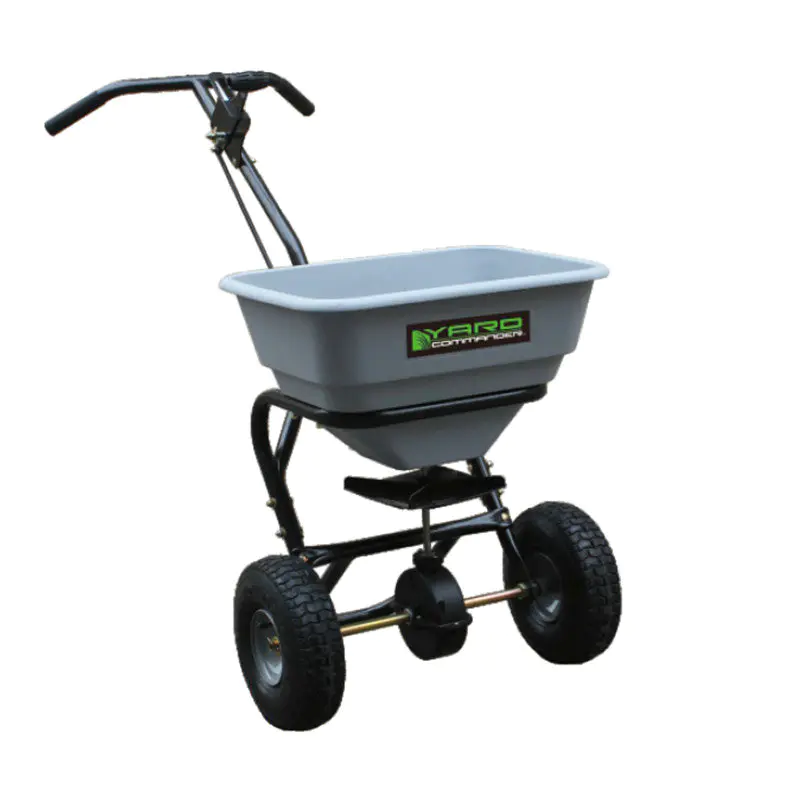

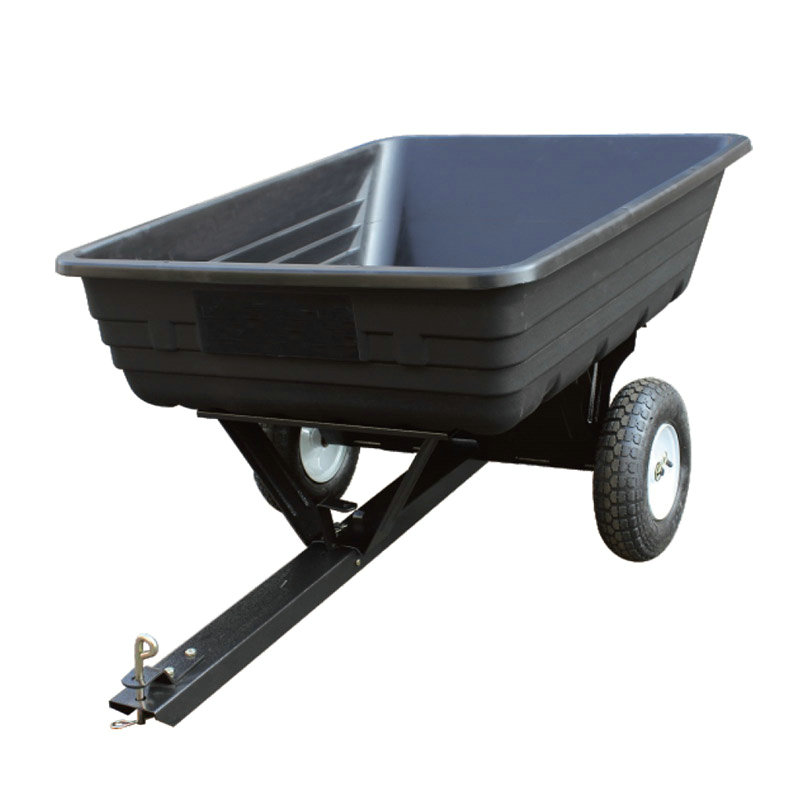 see more
see more
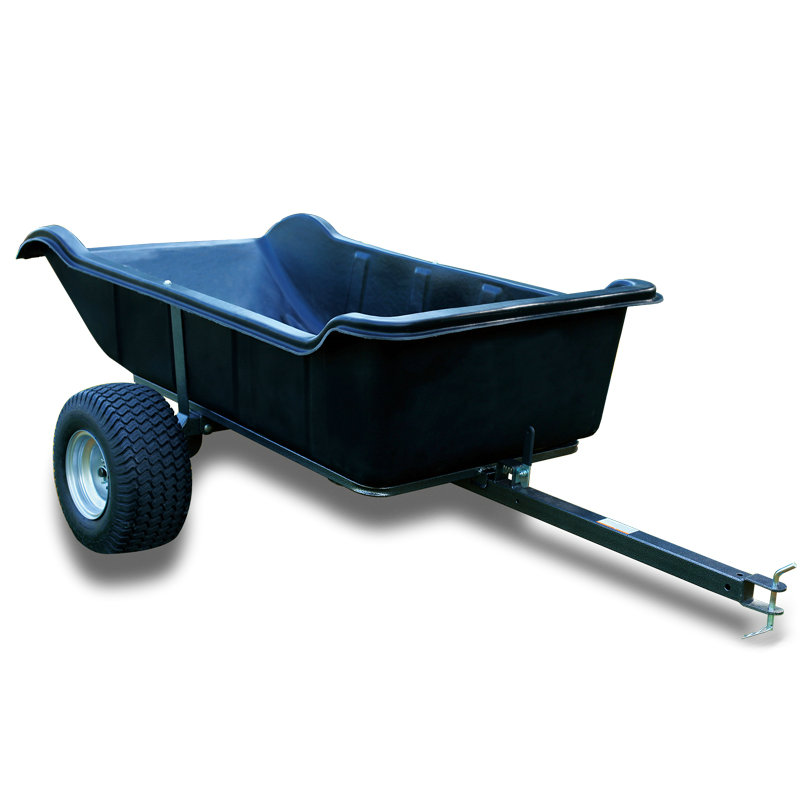 see more
see more
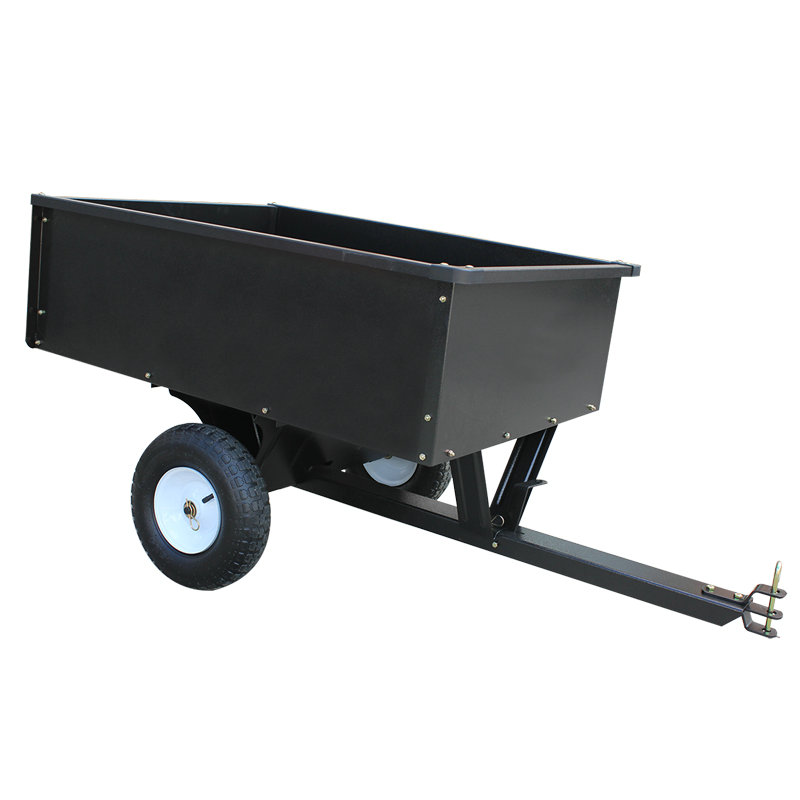 see more
see more
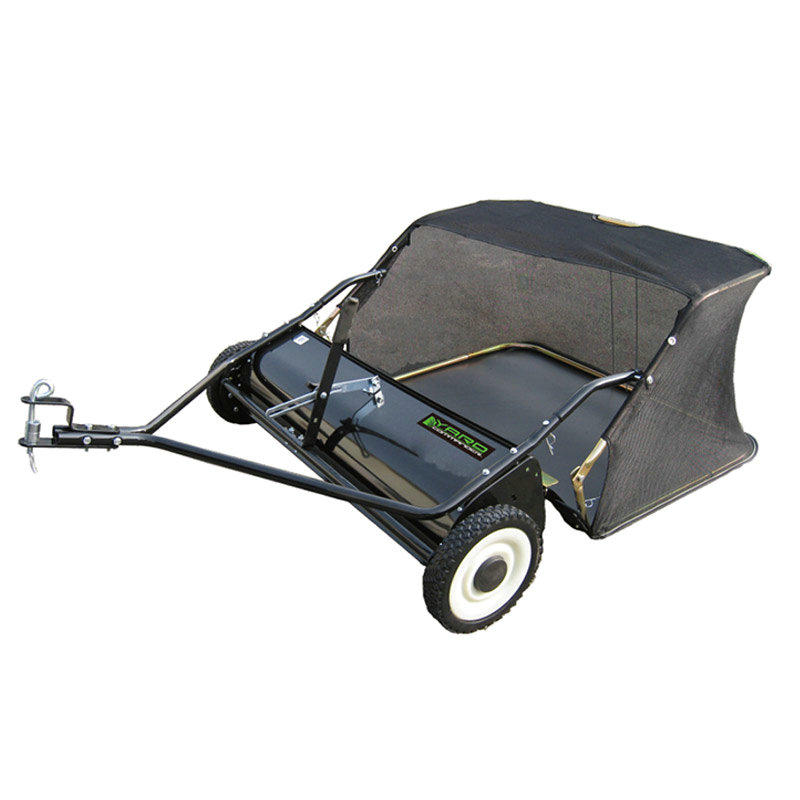 see more
see more


